The four U.S. Air Force F-16 fighter jets that recently flew a mission over the highly contested South China Sea were photographed landing at Yokota Air Base in Japan, en route to their home base at Misawa. The images confirm that these jets were armed for counter-air operations with a heavy load of live air-to-air missiles. The jets’ appearance in the South China Sea last week coincided with the biggest presence of People’s Liberation Army aircraft in Taiwan’s southwest air defense identification zone (ADIZ) in recent times: 25 aircraft in all.
The Viper photos, taken by Iori, whose tweets can be found here, detail the jets’ extensive armament. Each jet was armed with five beyond-visual-range AIM-120C-7 AMRAAM air-to-air missiles and a single short-range AIM-9 Sidewinder — one of the latest AIM-9X missiles on some of the jets, or an older AIM-9M on the others. Under the belly, each aircraft was fitted with an AN/ALQ-184 electronic countermeasures self-protection pod. All of the weapons were live, a relatively uncommon sight, especially over Japan, and indicated that this was much more than a simple long-distance training mission and, instead, a calculated signal to the Chinese military and possibly even a contingency operation.
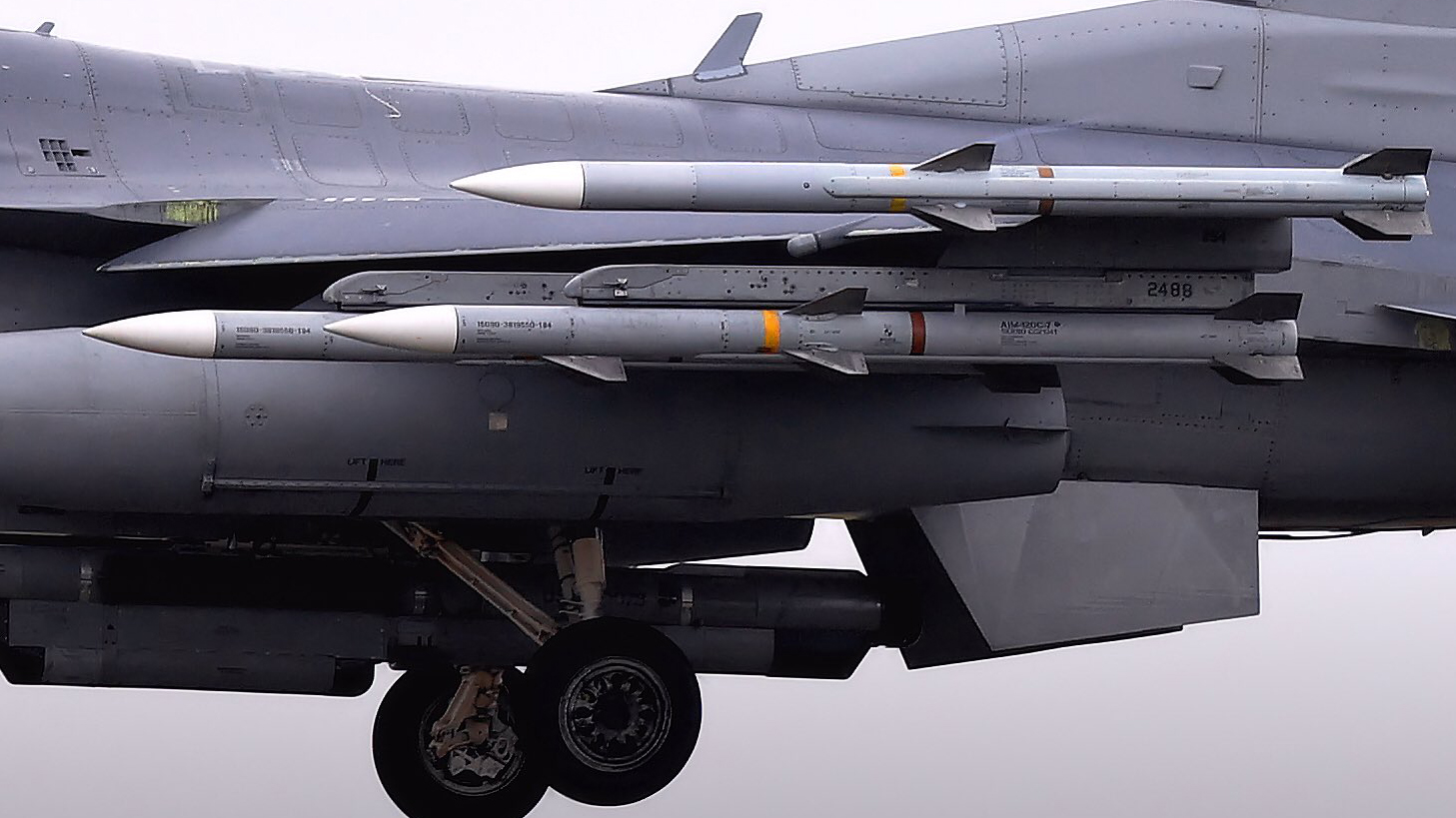
As evidenced by the AN/ASQ-213 HARM Targeting System, the distinctive pod-mounted sensor found under the right side of the aircraft’s intakes, these jets are the radar-killing Wild Weasel F-16CM versions but, on this occasion at least, they were carrying maximum air-to-air load-outs. That these live missiles were then taken over the sensitive South China Sea suggests a willingness to demonstrate U.S. ability to generate defensive combat air patrols (CAPs) in proximity to Taiwan, as well as other hotspots in the region.
The photos were taken on April 17, when all four of the jets that had been involved in the South China Sea flight on April 12 touched down at Yokota Air Base, in eastern Tokyo, at around 3:00 PM local time, presumably for a fuel stop, before departing again around 5:00 PM. They then flew home to Misawa Air Base, their home station, around 400 miles further north.
It’s unclear where the jets actually took off from for the April 12 mission, but they may have flown from Kadena Air Base, on the island of Okinawa, located around 300 miles north of Taiwan. This island has a massive U.S. Air Force presence of its own and would have positioned them much closer to the South China Sea. Nevertheless, extensive tanker support was still required, with at least four different Air Force KC-135 Stratotankers identified in the strategic channel area south of Taiwan, based on online flight tracking data.
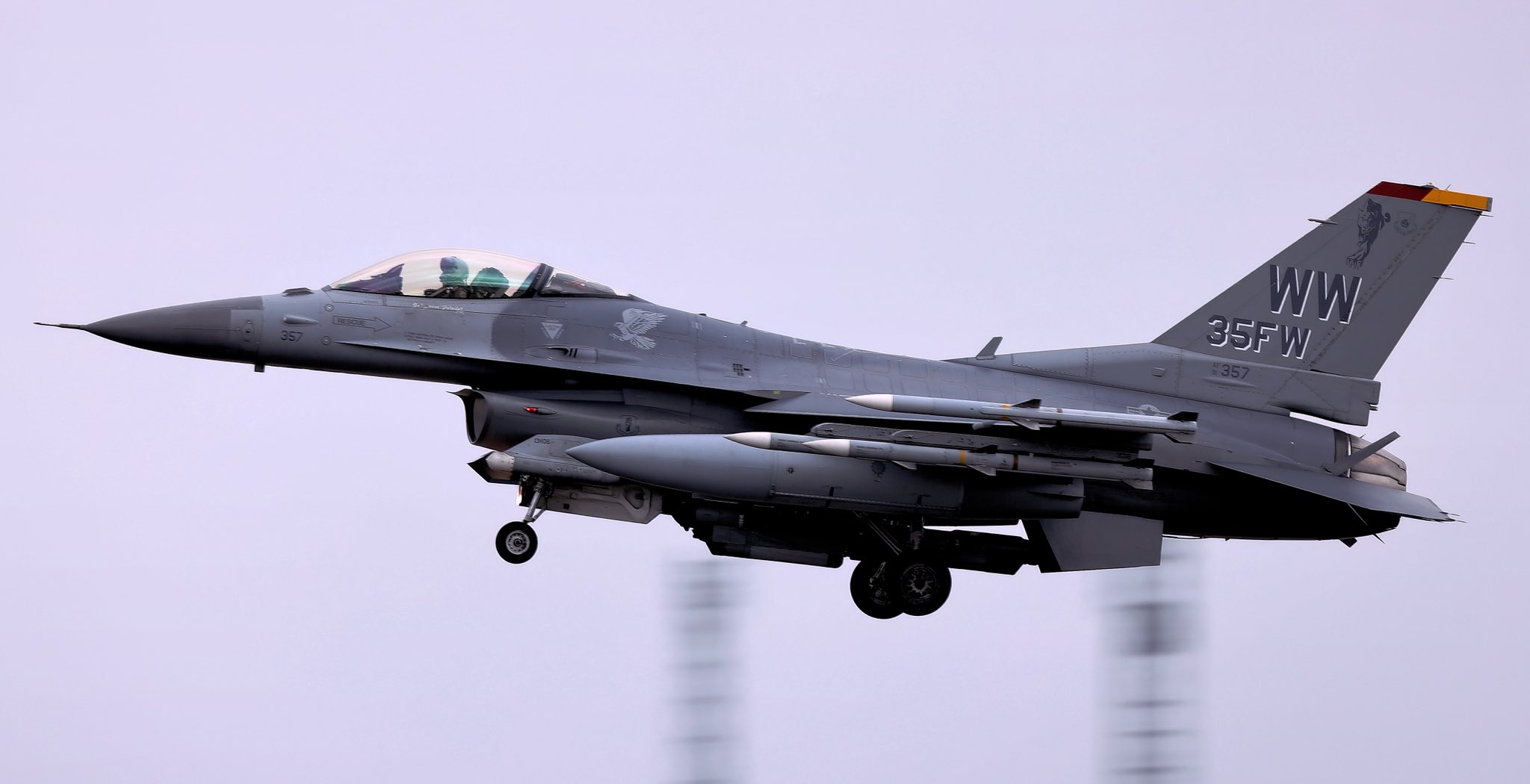
Once in the South China Sea, the four jets performed an overflight of the aircraft carrier USS Theodore Roosevelt (CVN-71), currently on a scheduled deployment to the U.S. 7th Fleet area of operations.
At the same time that the F-16s were conducted their armed patrol, the People’s Liberation Army was sending no fewer than 25 aircraft into Taiwan’s southwest ADIZ, comprising 14 J-16 and four J-10 multirole fighters, four H-6K missile-carrying bombers, two KQ-200 anti-submarine warfare aircraft, and one KJ-500 airborne early warning and control (AEW&C) aircraft.
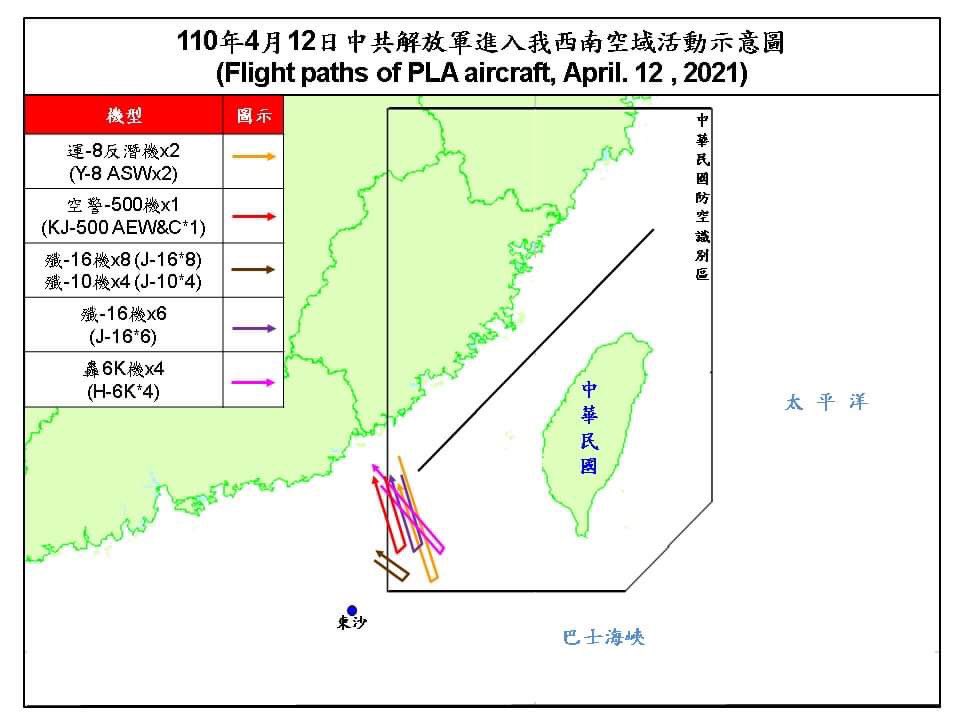
The Chinese force was bigger than that which was encountered in the area last month, which you can read more about here, but featured a similar mixed composition. On that March 26 mission, however, some of the PLA aircraft extended their flightpaths further out into the South China Sea, before hooking around further behind Taiwan and then returning, suggesting a possible attack profile approaching the eastern side of Taiwan.
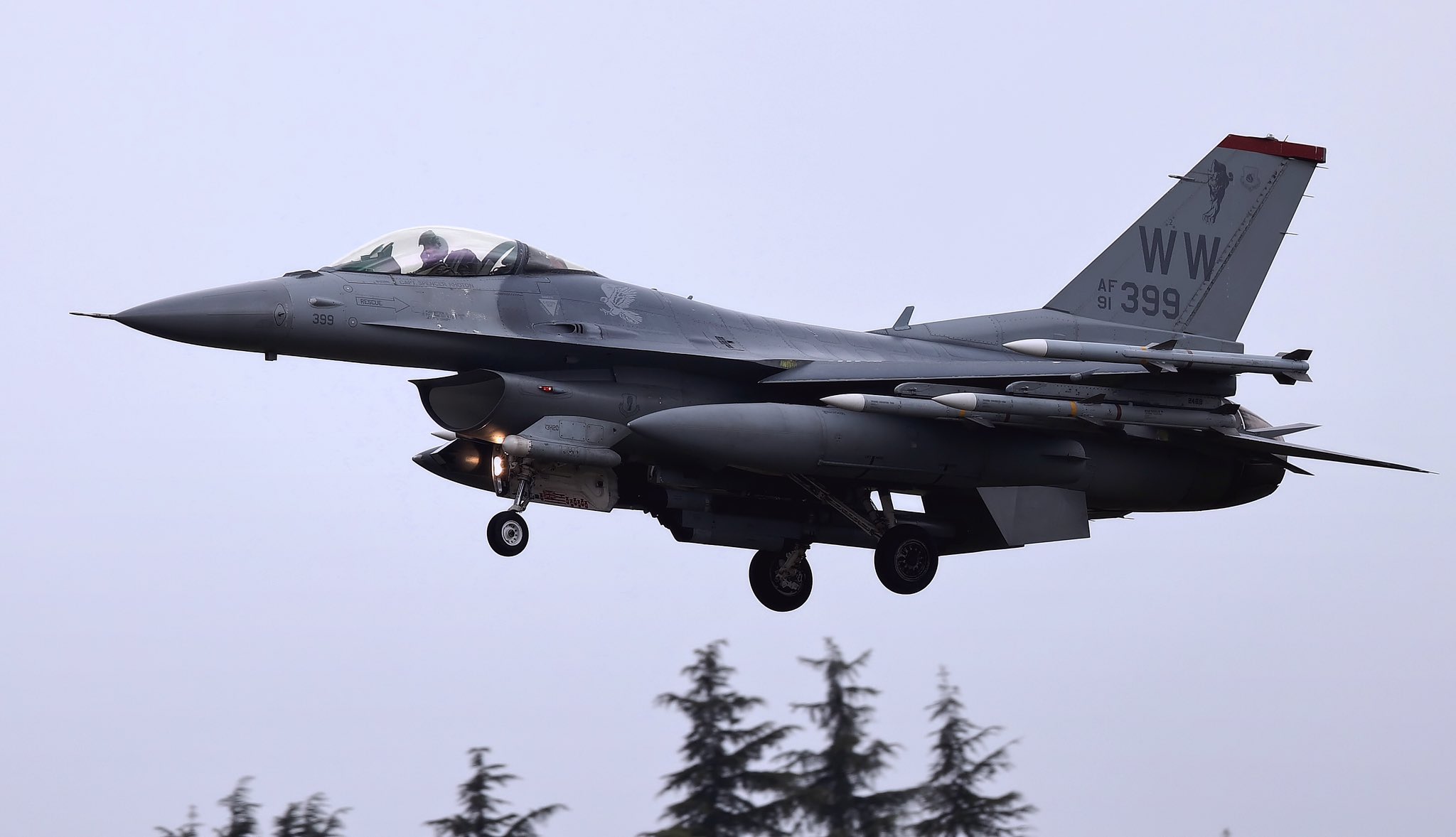
On April 12, by contrast, the PLA aircraft headed out into the northeastern reaches of the South China Sea, in more or less a straight line, before turning around heading back to the mainland. This is a more typical tactic and reflects another previous large-scale mission, flown on January 24, an incident that The War Zone
reported on in-depth at the time.
Large-scale aerial operations by the PLA in the South China Sea in general, and in Taiwan’s southwest ADIZ in particular, are becoming more frequent. Not only are the numbers of aircraft involved significant, but they include potentially more provocative aircraft types, including long-range bombers and airborne early warning platforms.
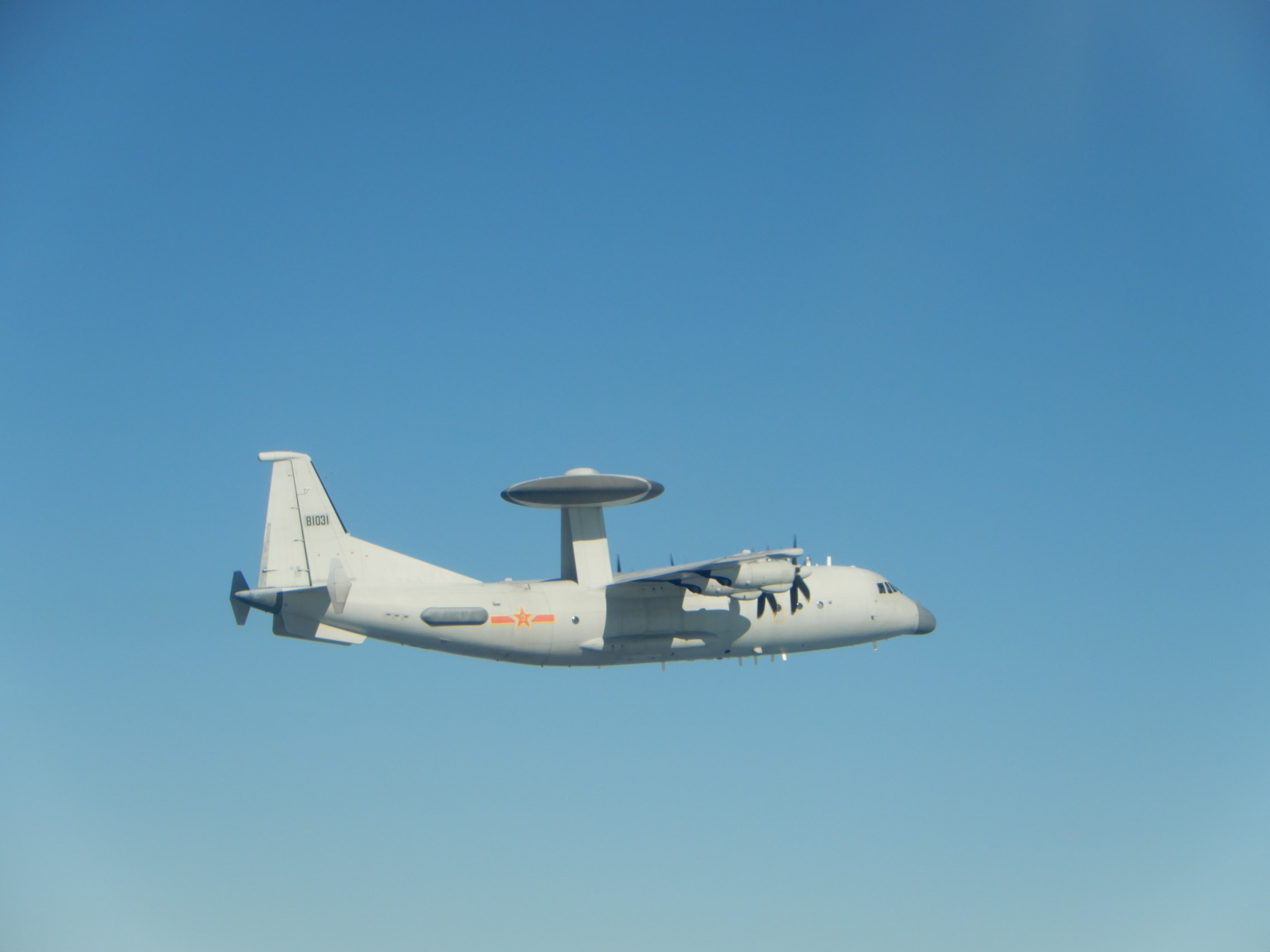
While Taiwan responds routinely to these incidents by scrambling its own alert fighters, and readying its air defense missile systems, it’s unusual for a U.S. Air Force presence to be in the area at the time, especially one that has been deployed for that purpose from Misawa, in the north of Japan.
Rather than only being a direct response to provocative PLA flights in the area, the presence of the U.S. fighters was clearly timed to coincide with the USS Theodore Roosevelt, a warship that has, reportedly, been subject to dummy attack runs by PLA aircraft in the South China Sea in the past. Nonetheless, it underscores how America can project land-based air combat power far forward into contested areas, including around Taiwan, during a major crisis.
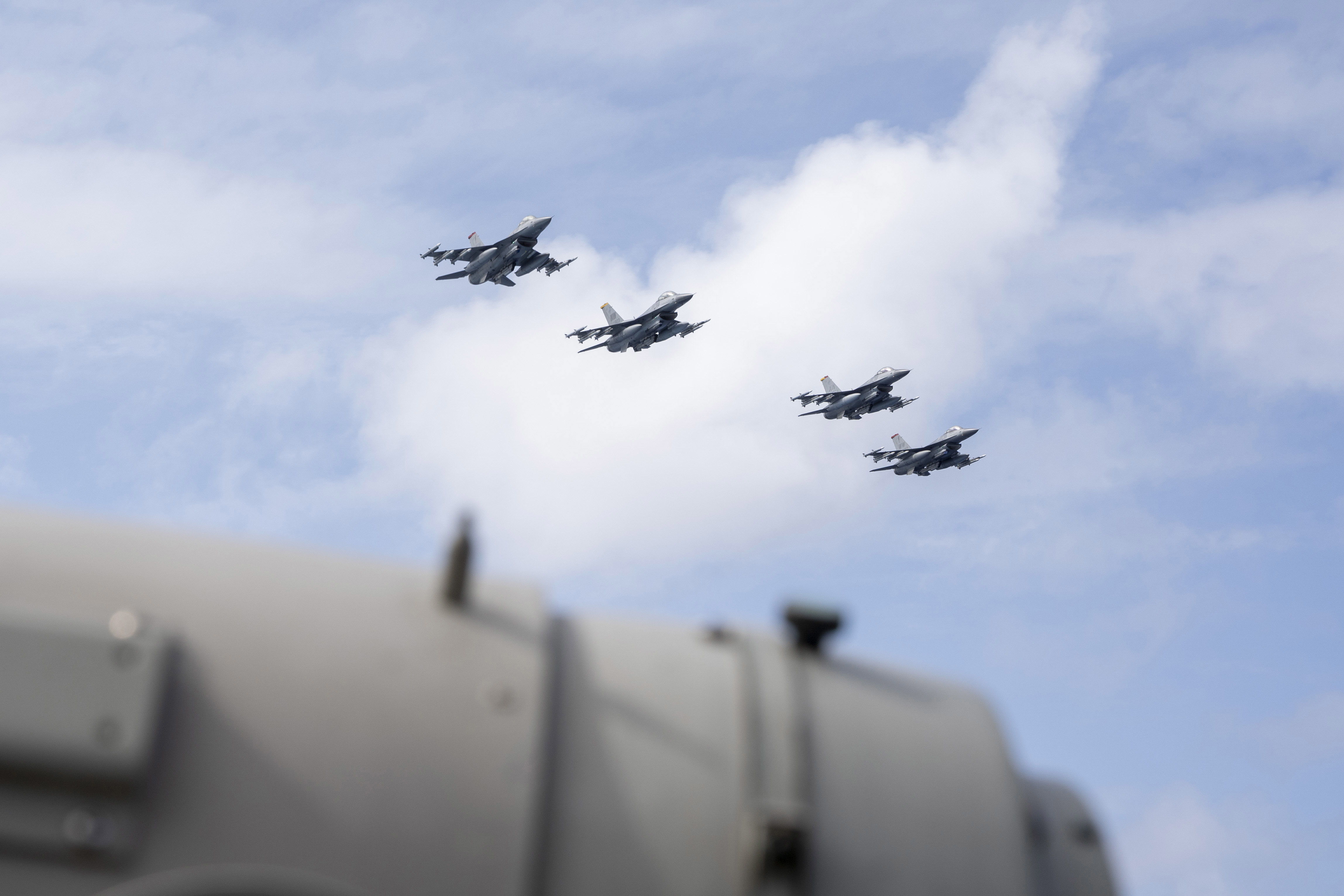
U.S. officials have been increasingly vocal about their concerns that Beijing will seek to use force to realize its long-standing aim of reintegrating the breakaway island of Taiwan. “I worry that they’re accelerating their ambitions to supplant the United States and our leadership role in the rules-based international order, which they’ve long said that they want to do that by 2050. I’m worried about them moving that target closer,” U.S. Navy Admiral Phil Davidson, head of U.S. Indo-Pacific Command, the top American military command in the Pacific region, told members of Congress earlier this year. “Taiwan is clearly one of their ambitions before then. And I think the threat is manifest during this decade, in fact in the next six years.”
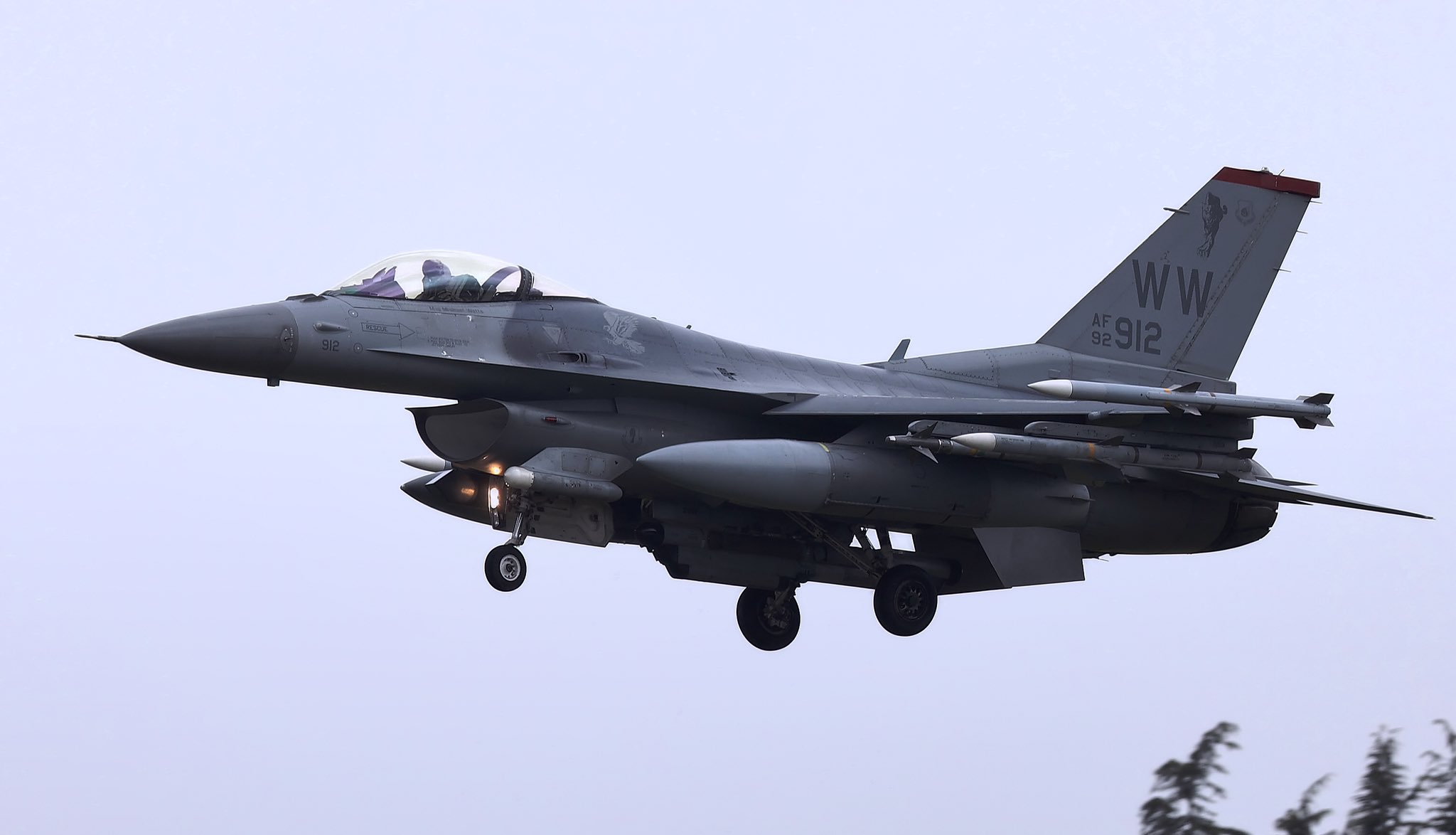
Just two days before the F-16s arrived in the South China Sea, the Theodore Roosevelt Carrier Strike Group and the Makin Island Amphibious Ready Group (ARG) also conducted a coordinated exercise in the area, which you can read more about here.
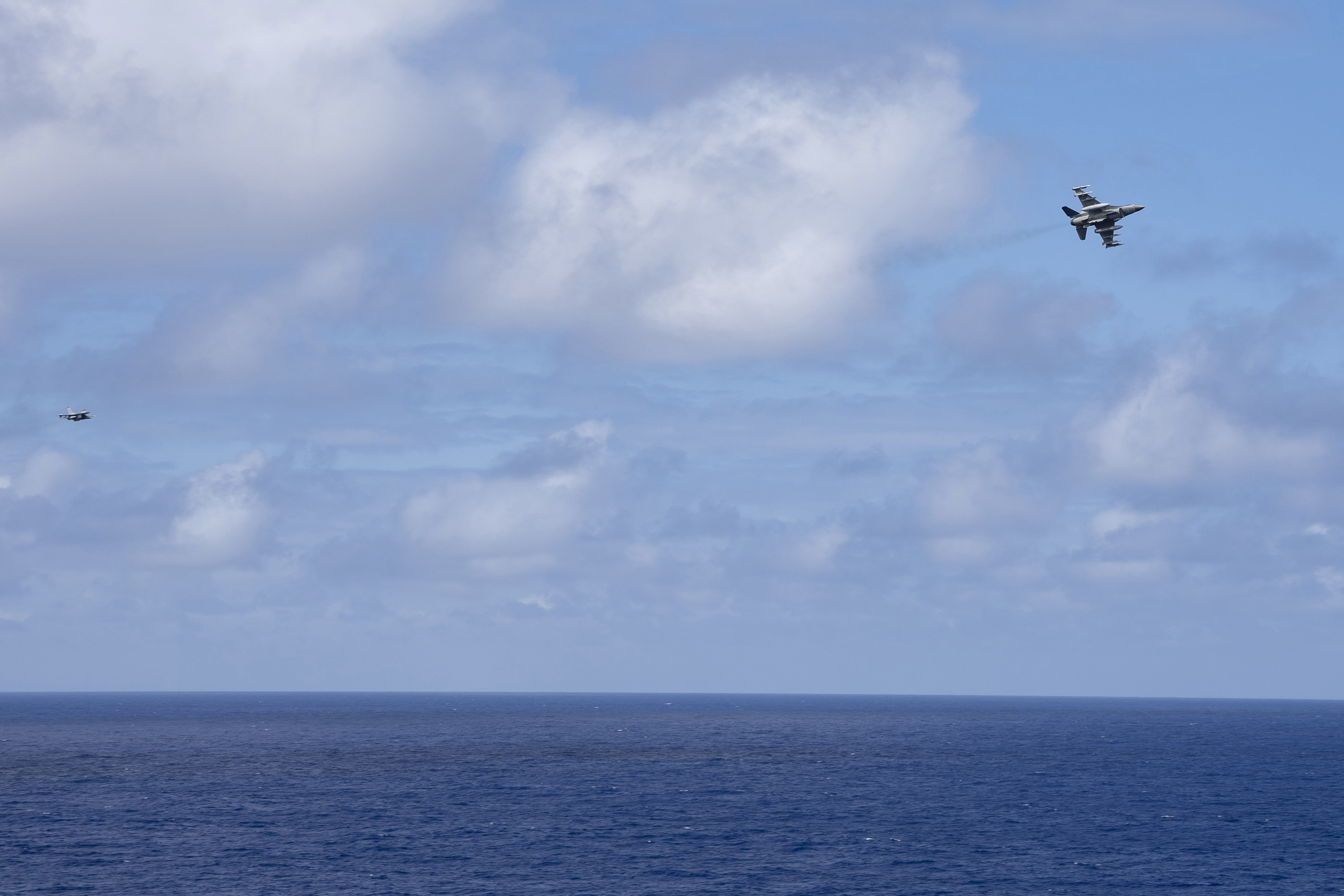
Despite their relative distance from the flash-points of the South China Sea, the F-16s from Misawa still have an important role to play in the strategic balance of the region. And while famed for their Wild Weasel mission immortalized in their ‘WW’ tail codes, these jets are also well equipped for an air-to-air mission.
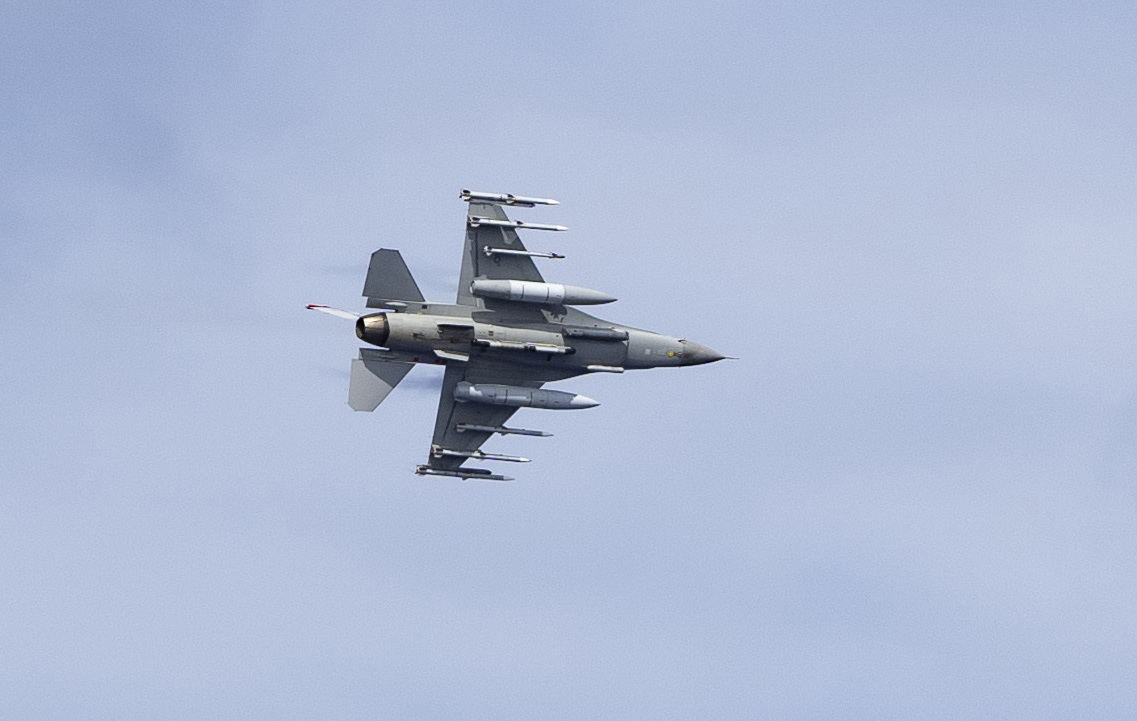
With potential for turbulence across the Indo-Pacific region, the two F-16 squadrons of the 35th Fighter Wing — the 13th Fighter Squadron (FS) ‘Panthers’ and the 14th FS ‘Samurais’ — have to be ready for any eventuality, wherever it may occur. For Taiwan, the worst-case scenario would be an attack, or amphibious invasion launched from the Chinese mainland. American airpower would be expected to play a huge part in countering such an offensive, although some would argue that the U.S. would not actually step in militarily at all.
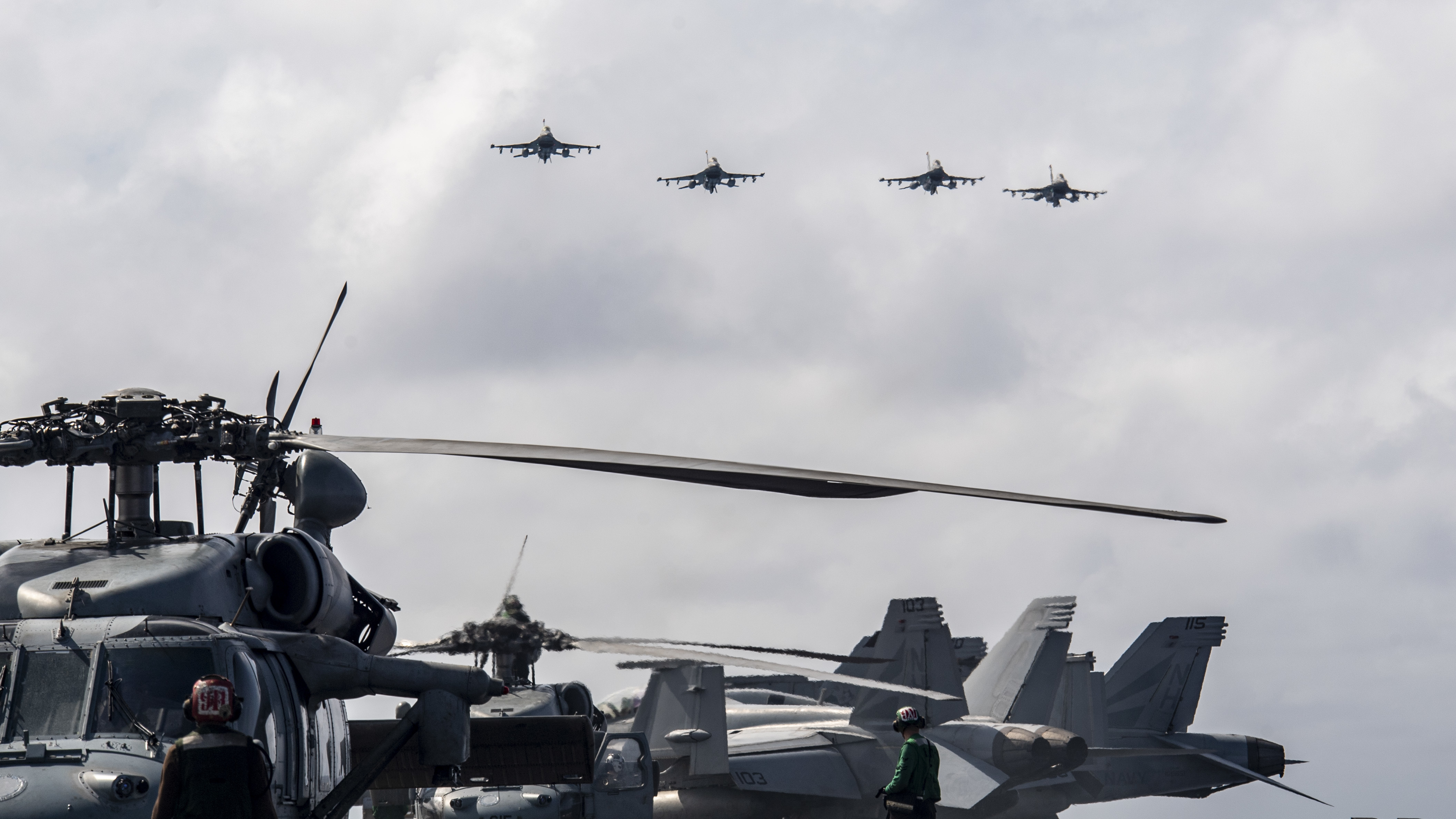
But China is not the only threat. With more than 100 million square miles to cover in the Pacific Air Forces area of responsibility (AOR), the Misawa F-16s could find themselves tasked on missions directed toward North Korea, or Russia, as well. They also find themselves periodically engaged in the U.S. Central Command AOR, battling ISIS.
All these missions are likely to involve forward deployment, stopovers, and aerial refueling, as on April 12, or the jets might make use of austere bases, like the F-16s and F-35s involved in drills earlier this year on the island of Guam. That exercise, which you read about here, was a major component of a larger emerging initiative that looks to provide dispersed operating locations that can be accessed by Air Force combat aircraft during a crisis. This new strategy is largely driven by the growing threat posed by ballistic missile attacks in the Pacific theater. Misawa Air Base would likely be a target of those missiles.
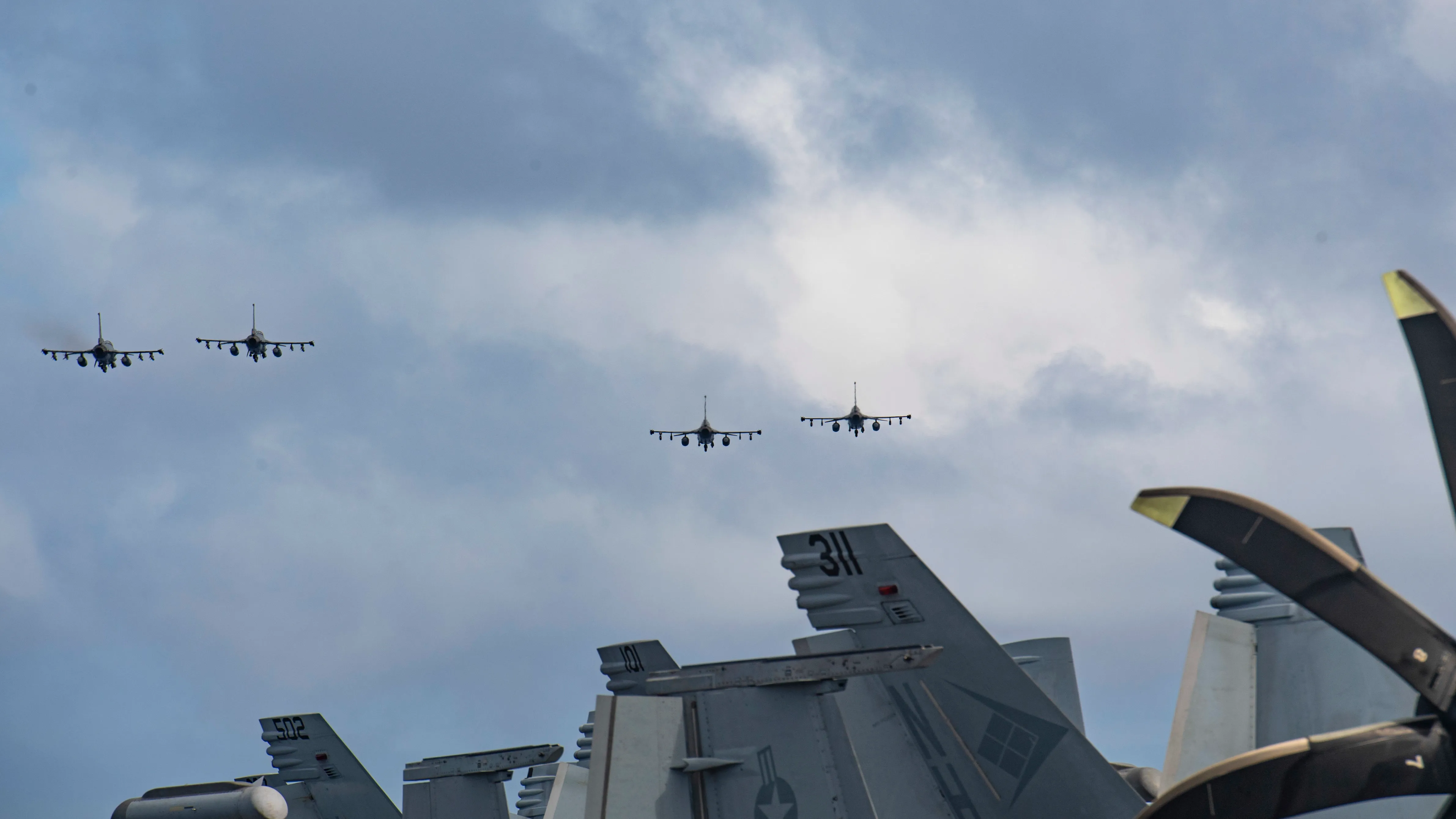
As the previous boss of the 35th Fighter Wing, Colonel (now Brigadier General) R. Scott Jobe told the author, “Misawa F-16s are small, powerful, extremely agile fighters that can hold their own against any currently-fielded fighter.”
It will be interesting to see if U.S. tactical airpower becomes a more common staple around Taiwan and especially over the tense waters of the South China Sea.
Contact the author: thomas@thedrive.com
